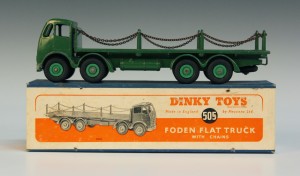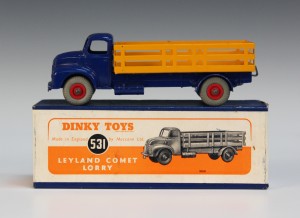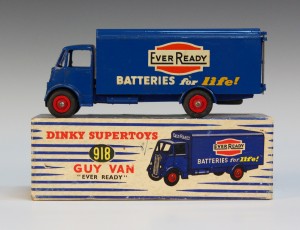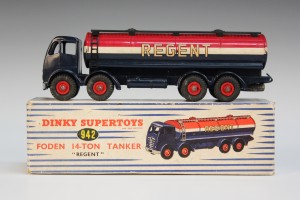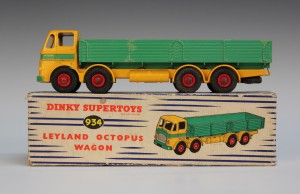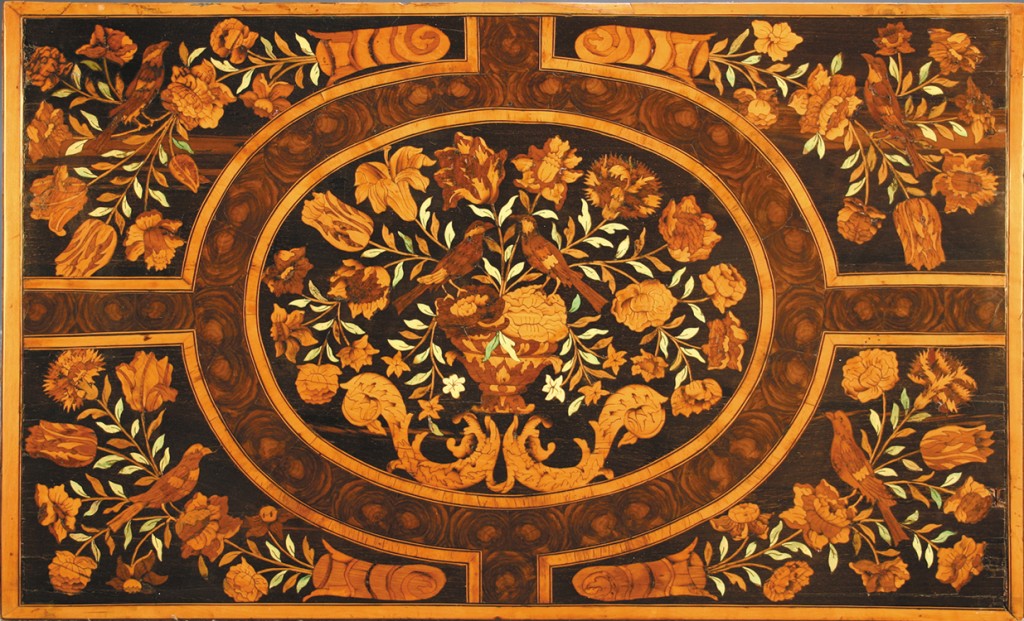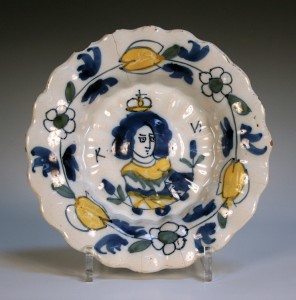
This week I am visiting the walled gardens in the lead up to one of the highlights of the Sussex summer calendar: Parham House and Gardens’ famous ‘Garden Weekend’. This year’s celebration of gardening at Parham will be opened on Saturday by the BBC Gardeners’ World presenter Joe Swift.
I love the stillness that gathers you in the walled gardens at Parham. It transports you, separating you from the business of life. To create a garden of this subtlety, depth and beauty requires a sensitivity to place, light, the elements and the seasons.
Tom Brown, Head Gardener at Parham, leads a team of gifted people, whose creativity allows this sublime garden to honour the past while remaining forward-looking. I am excited to be meeting Peta Ashton, a gardener and member of this team, whose individuality and talent is apparent in her work in the Parham gardens.
Lady Emma Barnard and I walk from her wonderful house to the gardens and she leaves me in the path between the long borders as she goes off to find Peta. If you have ever dared to still yourself and stand in a landscape, you will know that out of the silence your senses become heightened. You become more alive. Sounds, colours and movement reveal themselves to you. As I stand between these borders with the warmth of the sun upon my face, the wind and shadows cause the soft planting to dance. I become aware of the swathes of colour and their relationships to one another, which, together with the textures of flowers and foliage, form complex compositions. The gentle breeze plays upon the leaves. There is a rhythm and wholeness, born out of this rich canvas. Lady Emma appears with Peta, the sound of their voices and feet on the gravel paths marking their approach.
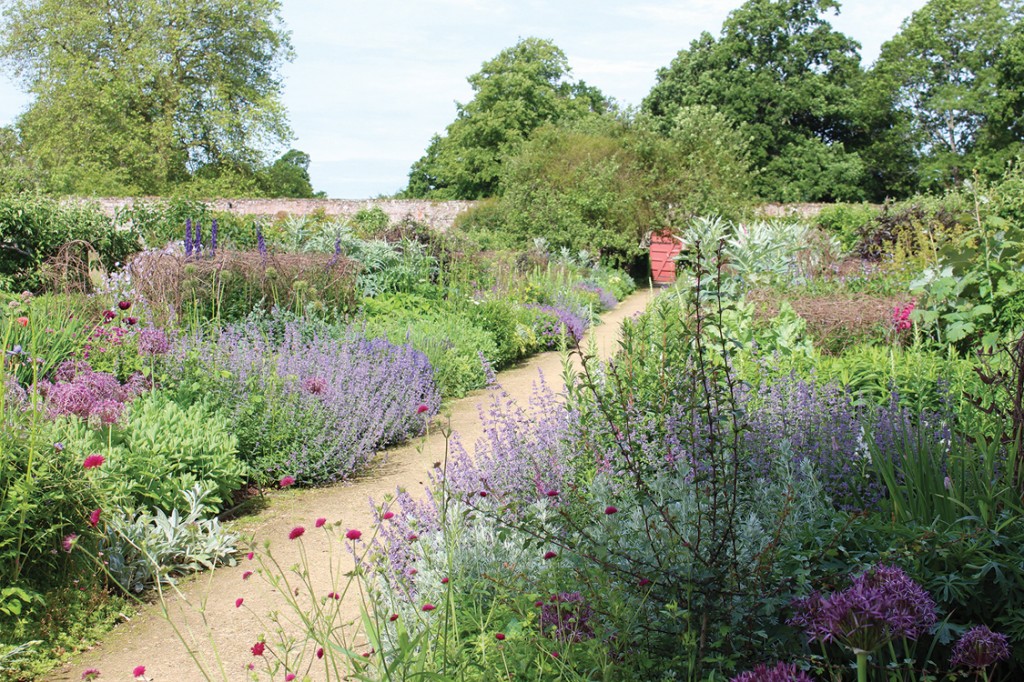
The borders which have just captured my imagination and gathered me are the work and inspiration of Peta Ashton. I remark on my experience of this particular part of the garden. She listens thoughtfully. Her face breaks into a gentle smile beneath her broad-brimmed hat, evidently pleased by my unexpected response to her work. I ask her what has influenced the garden layout. She replies, “The gardens are laid out in the ‘Old Parham Way’ with secret and open spaces.” There is much talk today of garden rooms but it would seem that this is nothing new at Parham.
Together the three of us walk towards another of Peta’s creations, the restored herb garden, which is bordered by a tall yew hedge of dark green hue. Entering through an arch cut into the hedge, we find ourselves in a secret, sunny garden. A circular stone pond with a lead putto is framed by tall herbs. Excitedly Peta leads Emma and me around the herb garden, delighting in the names, the foliage and the characters of each individual plant. It is apparent that we are in the company of a generous and passionate plantswoman, who expresses her hopes and fears for each of them in turn.
In Tudor times, when Parham was built, herbs were used for their culinary, medicinal and strewing properties. Herbs would be strewn on the floors and surfaces of homes to deter insects and to disinfect, as well as for their fragrant qualities. In this enclosed garden, I am reminded that herbs were associated with the monastic tradition in medicine. It is these influences which are expressed in the disciplined, balanced planting. Peta explains that this would be defeated if it was too ornamental. There is a sense of working with nature and history.
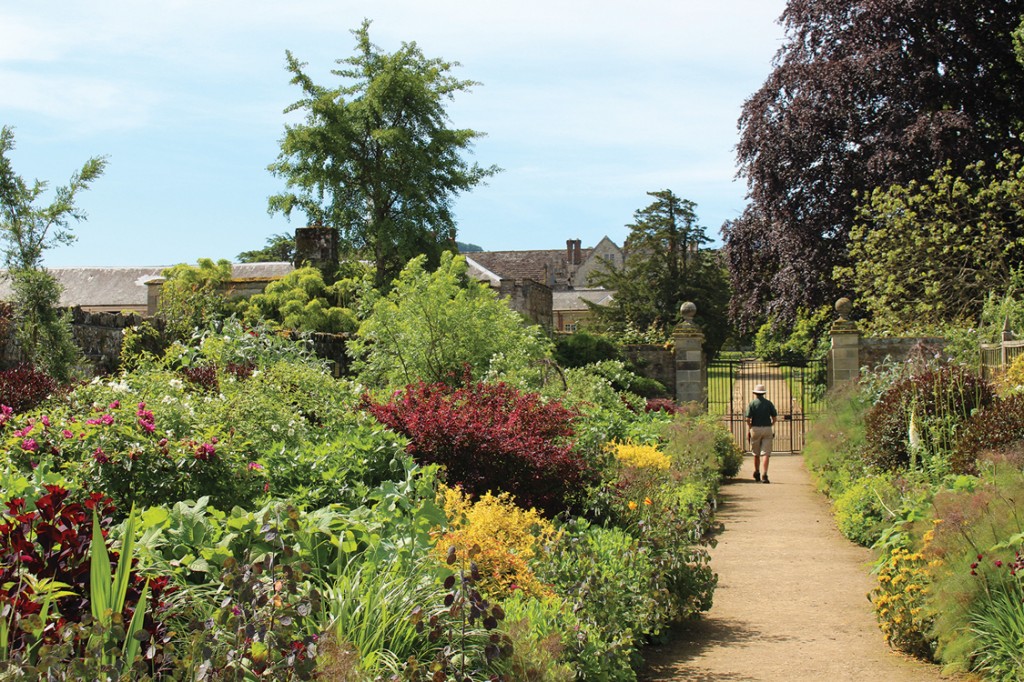
I ask Peta how she comes to imagine and create these remarkable borders and gardens. She pauses for a moment, considering her reply, and then says, “The borders come out of being in this space in silence. It is the combination of this inner criterion and influences from outside which I try to work with.” Being attentive to nature, colour, form and movement requires a particular quality of engagement and a generous discipline – a combination of relationship with our environment and an attempt to shut out the white noise of our lives and be truly present, undistracted in the given moment. It is a form of meditation, of prayer. Peta clearly understands this and it gifts her creativity and remarkable vision with depth and subtlety. She is both artist and gardener.
Calling and vocation can be expressed in infinite ways. Peta Ashton’s sense of vocation towards her work, like her gardens, is inspiring. It is bound up with her very personhood. Like so much at Parham House and Gardens, Peta’s tremendously personal expression of creativity is possible thanks to the patronage and involvement of Lady Emma.
Sheltered by the warm hues of the old brick garden walls covered in lichen, these gardens have a remarkable ability to gather and engage people. Families find a gentle place to wander in conversation, their time in the garden informed by the beauty around them. Keen horticulturists will pause to explore the subtleties and effects of the planting and compositions before them. Whatever your approach, though, you cannot fail to wander in this beautiful place without being moved by it.
I am looking forward to the Parham House and Gardens’ ‘Garden Weekend’ this Saturday and Sunday, 12th and 13th July 2014, 10.30am to 5.00pm. For more information go to www.parhaminsussex.co.uk or telephone 01903 742021. Tickets include the wonderful gardens and entry to the house and its superb collections. There are Parham plants for sale too – wonderful stock – so don’t forget to treat yourselves!
By Revd. Rupert Toovey. Originally published on 9th July 2014 in the West Sussex Gazette.

